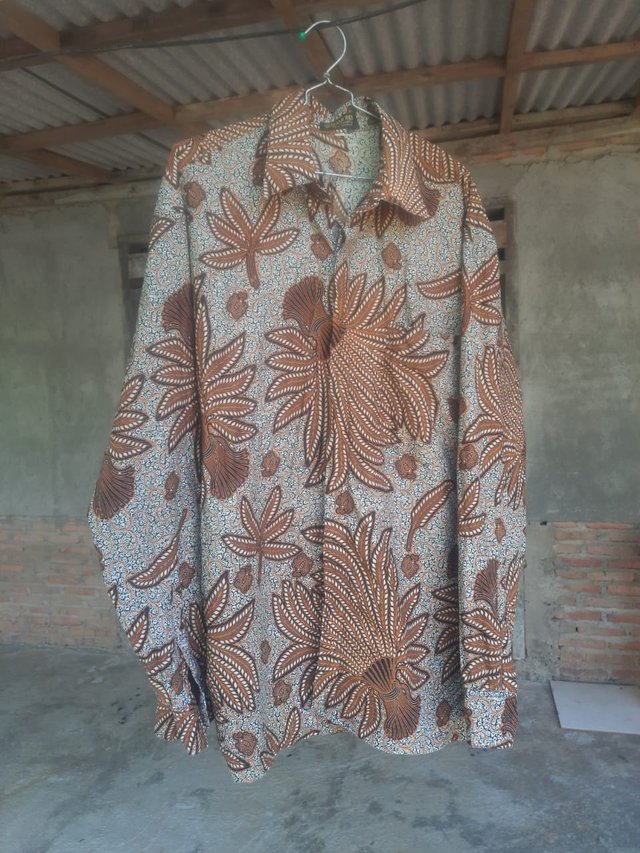You SEE Million Art of Handmade Javanese BATIK!!)(*^%^&:"\]['>??

Batik is both an art and a craft, which is becoming ever more popular and well known among contemporary artists all over the world, as a wonderfully creative medium. The art of decorating cloth using wax and dye, has been practised for centuries in many parts of the world including China, Japan, India, South America and Europe. In Java, an island in Indonesia, batik is part of an ancient tradition, and some of the finest batik cloth in the world is still made there. The word batik originates from the Javanese word “tik” which means to dot. Batik is both a verb (to batik) and a noun (a batik – an object made by batiking!). Batik is usually made on a fabric surface (such as cotton, silk, linen, rayon or hemp), but batik techniques can also be used on paper, wood, leather and even a ceramic surface. Although the art form of batik is very intricate, the tools that are used are still very simple. The canting, believed to be a purely Javanese invention, is a small thin wall spouted copper container (sometimes called a wax pen) that is connected to a short bamboo handle. Normally it is approximately 11 cm. in length. The copper container is filled with melted wax and the artisan then uses the canting to draw the design on the cloth. Contemporary batik, while owing much to the past, is markedly different from the more traditional and formal styles of the past. The artist may use a wide variety of techniques to apply the wax and the dyes: spraying, etching, discharging, cracking, marbling, and use all sorts of different tools: copper and wooden stamps, brushes, stencils. She may also use wax recipes with different resist values: soya wax, beeswax, paraffin wax and work with natural and synthetic dyes on all kinds of surfaces.